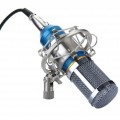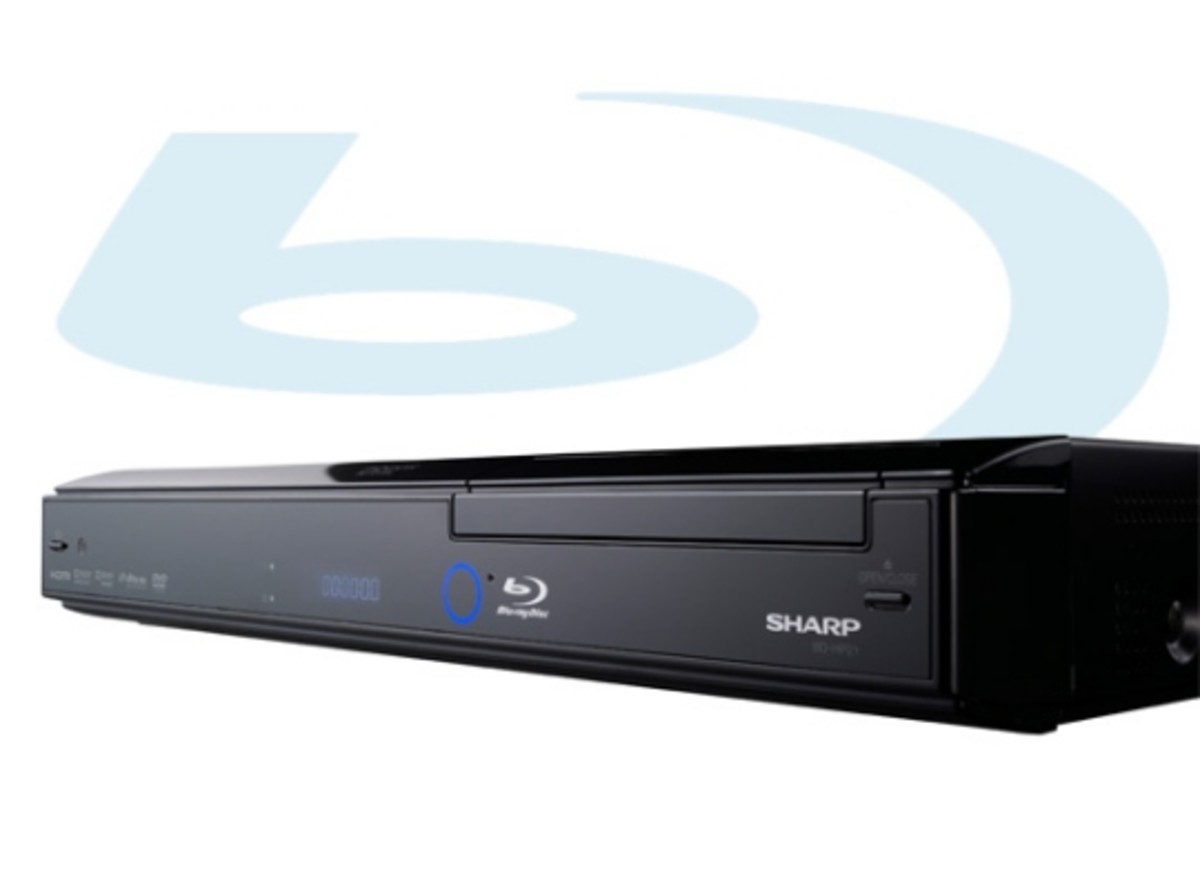What is Voice Writing?
What is Voice Writing?
Voice Writing is applying computer technology to convert the spoken word into a text document. This technology can be applied to help people with disabilities, to make television audio available in a noisy environment, or just boss around your computer.
In it's simplest form, Voice Writing can be accomplished with an inexpensive computer program and a cheap microphone. Very popular these days is Dragon Naturally Speaking from the Nuance Corporation, which can be purchased (the entry level version) for about 50 dollars from many online retailers. Some versions of the program, and its' competitors, come complete with a compatible microphone.
Virtually any process that can be executed with a mouse and a keyboard can be duplicated with Voice Writing. Voice-recognition software 'understands' many elementary commands such as "open new document" or "begin highlight." The operating system isn't picky about where commands originate; voice-recognition software simulates mouse and keyboard inputs that are transparent to Windows.
Voice-recognition software can be trained to recognize different voices, inflections, and accents. Technology has come a long way since this type of technology was developed, but not everyone speaks the same way. Expect to spend some time teaching your software precisely what you sound like. One type of training configures the software to operate backward; it displays a word or phrase and listens for your particular pronunciation. The software stores the audio of your pronunciation to use for future reference. This strategy allows you to speak relatively normally and still be understood by your computer.
Being prompted by the computer works well for a small set of words, but serious training requires a different approach and quite a bit more effort. In order to thoroughly familiarize your software with your specific voice, extensive reading is necessary. Fortunately most casual users won't feel the need to put forth this much effort simply to 'tall' to their home computer.
On the other hand, Voice Writing can also be a vocation. A computer user making a living though Voice Writing may spend may hours reading prepared texts into the microphone. Voice-recognition software makes a 'best guess' at decoding all the words. A supplemental computer program compares the transcribed text with the original document. Accuracy results are tabulated and a running score is maintained. Corrections are made by the user when words are misinterpreted by the software. Over time accuracy should increase as corrections are applied and pronunciation improves.
A professional Voice Writer uses a different microphone configuration than a casual user. Referred to as a stenomask, the device fits over the lower half of the speaker's face. Two purposes are served by the assembly; outside noise is eliminated and the speaker's voice is prevented from disturbing nearby listeners. Most people require a brief period of acclimatization when initially donning the mask. Speaking into a properly fitted mask is an unfamiliar experience; your voice is absorbed by the mask and you 'hear' yourself through the vibrations in your auditory canal. A mask greatly increases voice-recognition accuracy of the software.
The stenomask is employed by professional Voice Writers for court reporting and closed captioning jobs. Court reporters are responsible for transcribing conversations during trials, depositions, and legal other legal proceedings. Closed Caption transcribers listen to television broadcasts and translate the audio into text that appears at the bottom of the screen when the show airs. While Voice Writing to create closed captions probably won't disturb anyone, a courtroom must be as quiet as possible. The Voice Writer cannot afford to be heard repeating every word spoken in the room.
Conclusion
Voice Writing offers a unique way to control a computer and also a career path. Casual users of computers can control basic functionality of their systems or do everything from their microphone. Professional Voice Writers can make a living by serving as courtroom transcriptionists or closed caption transcriptionists .








